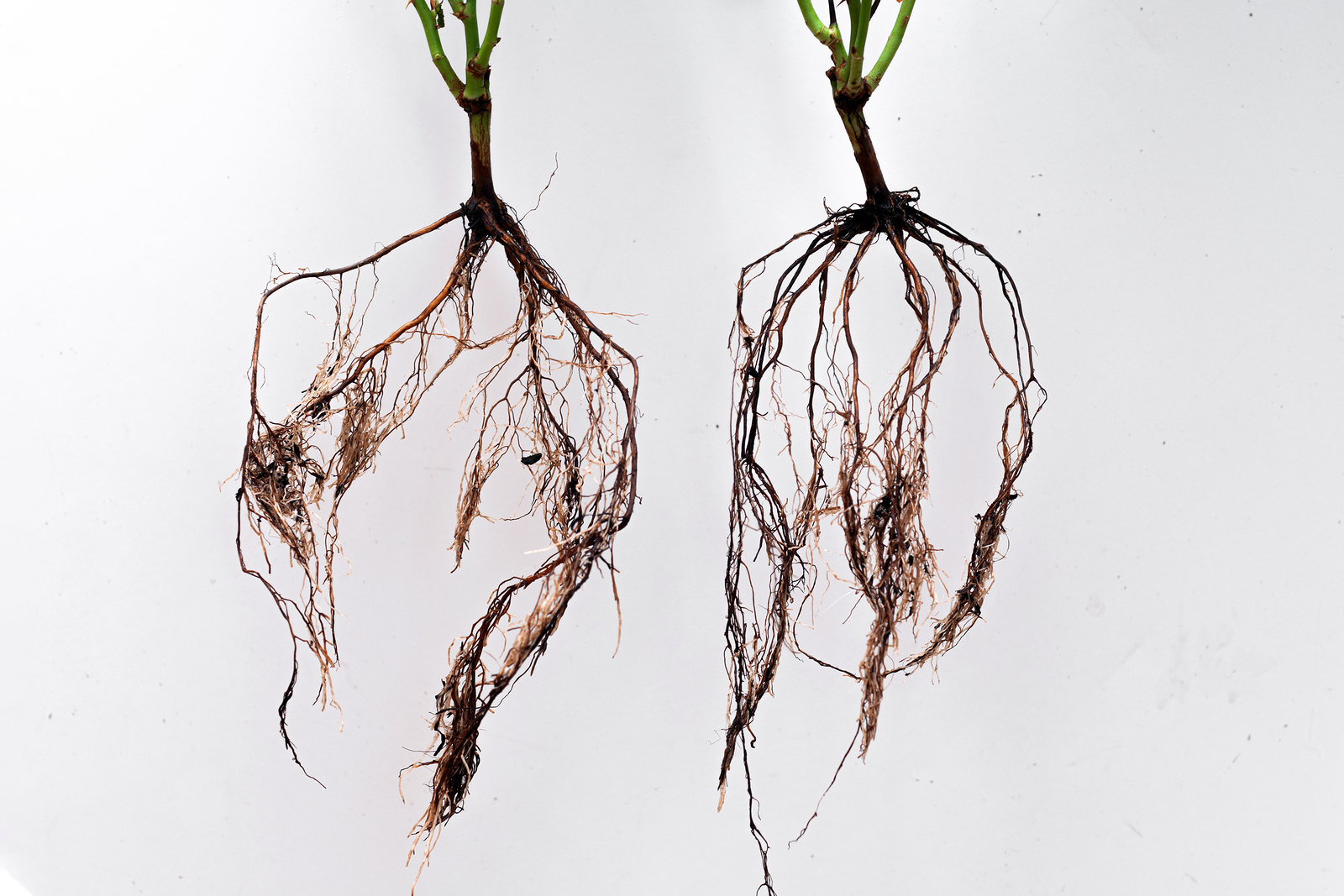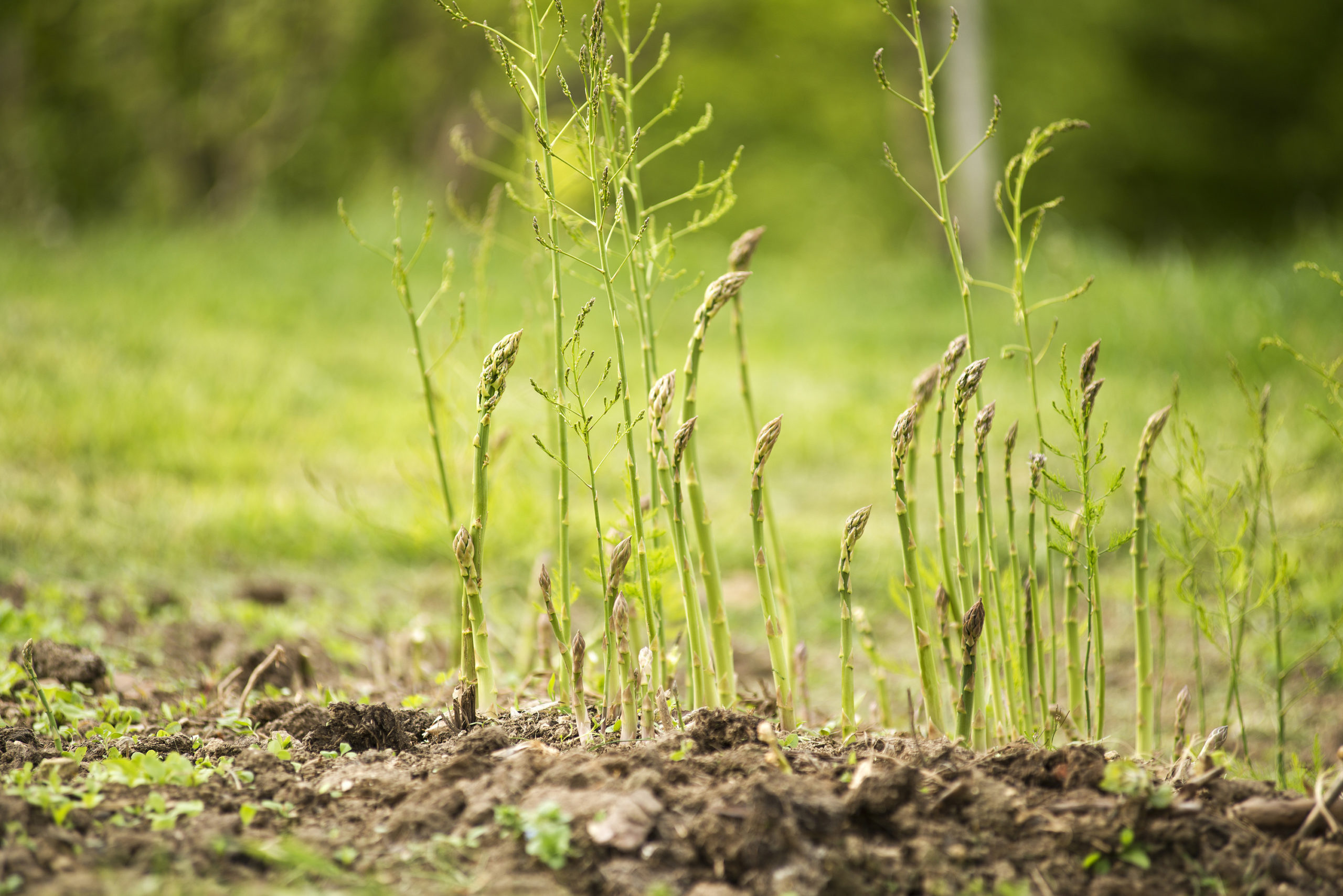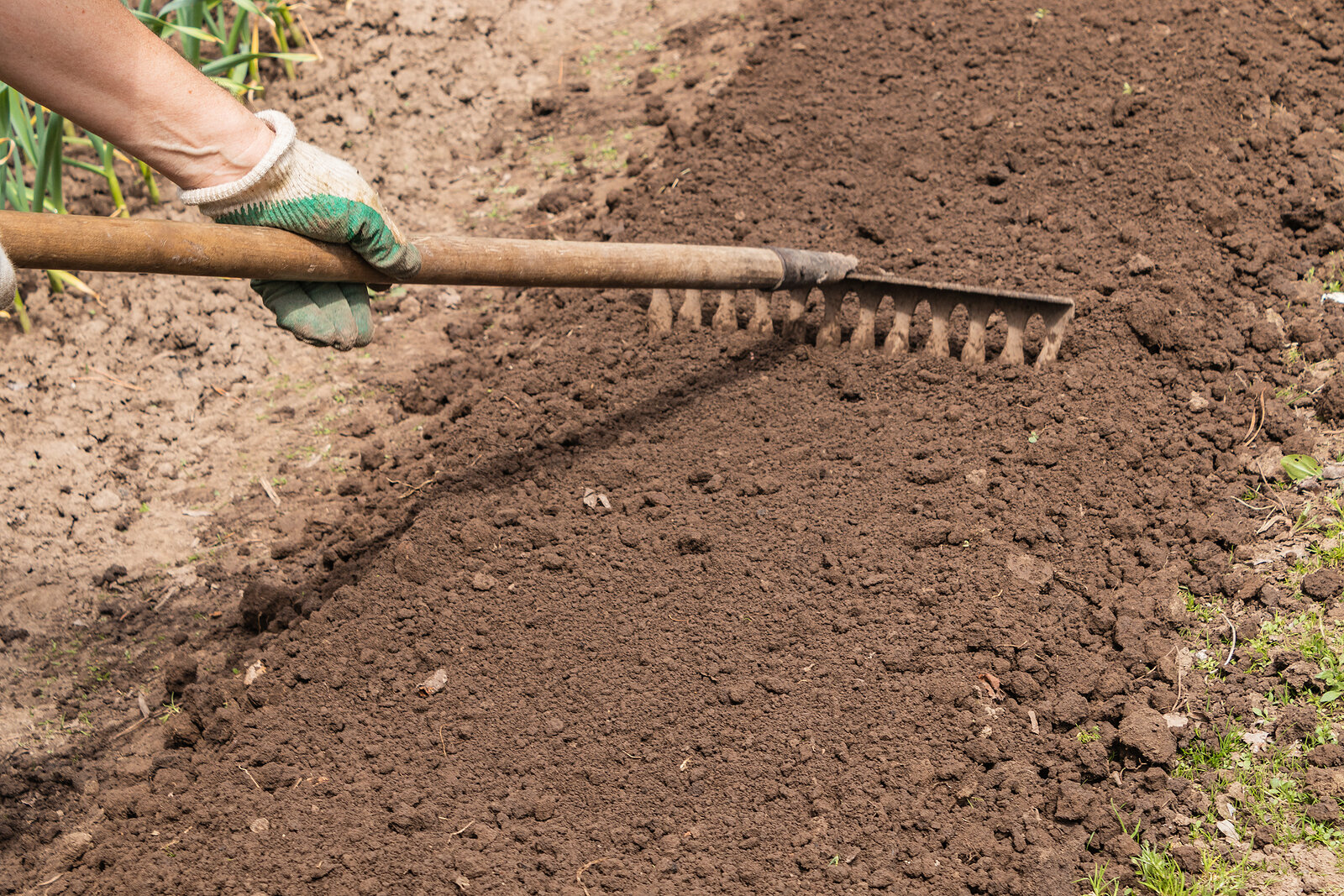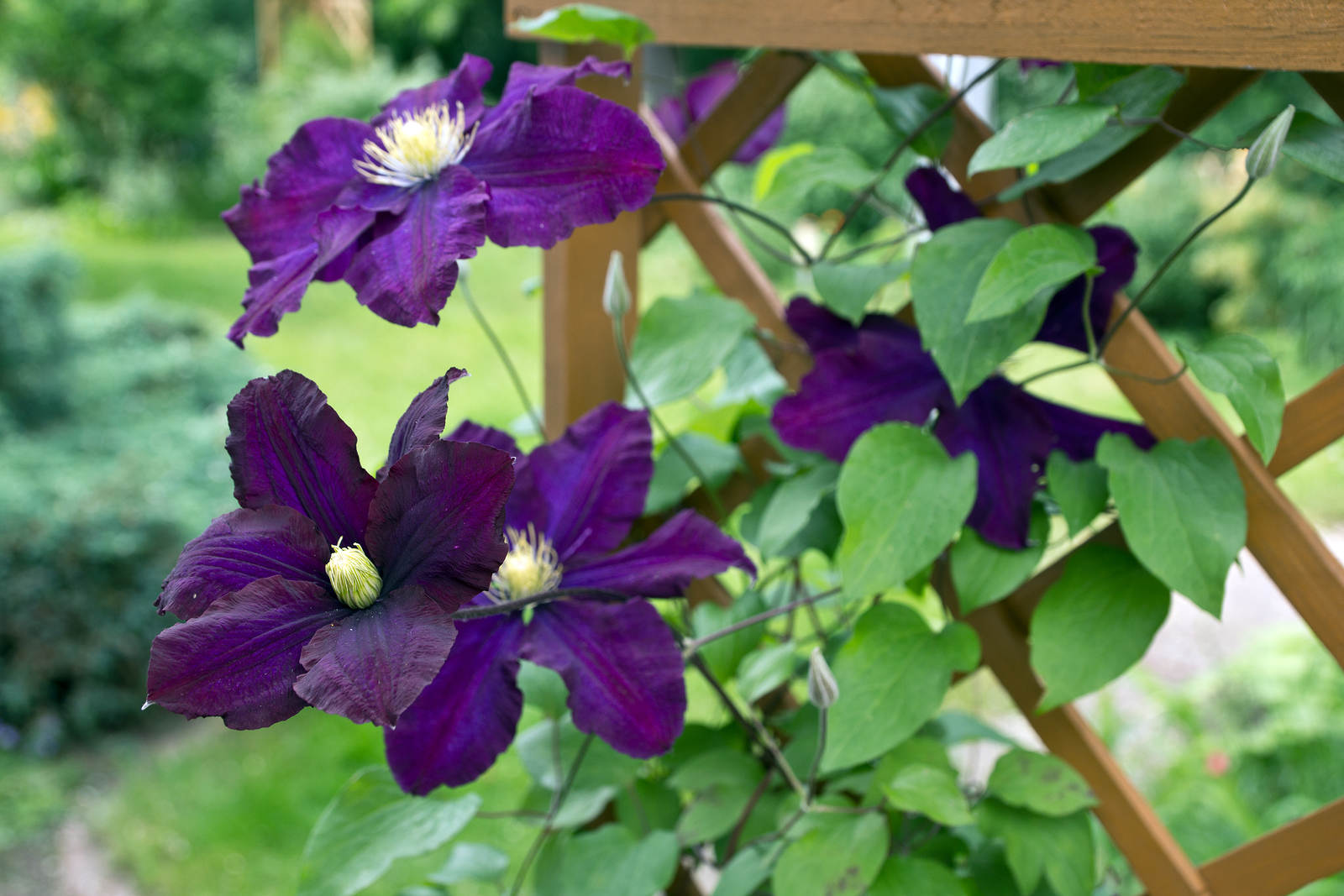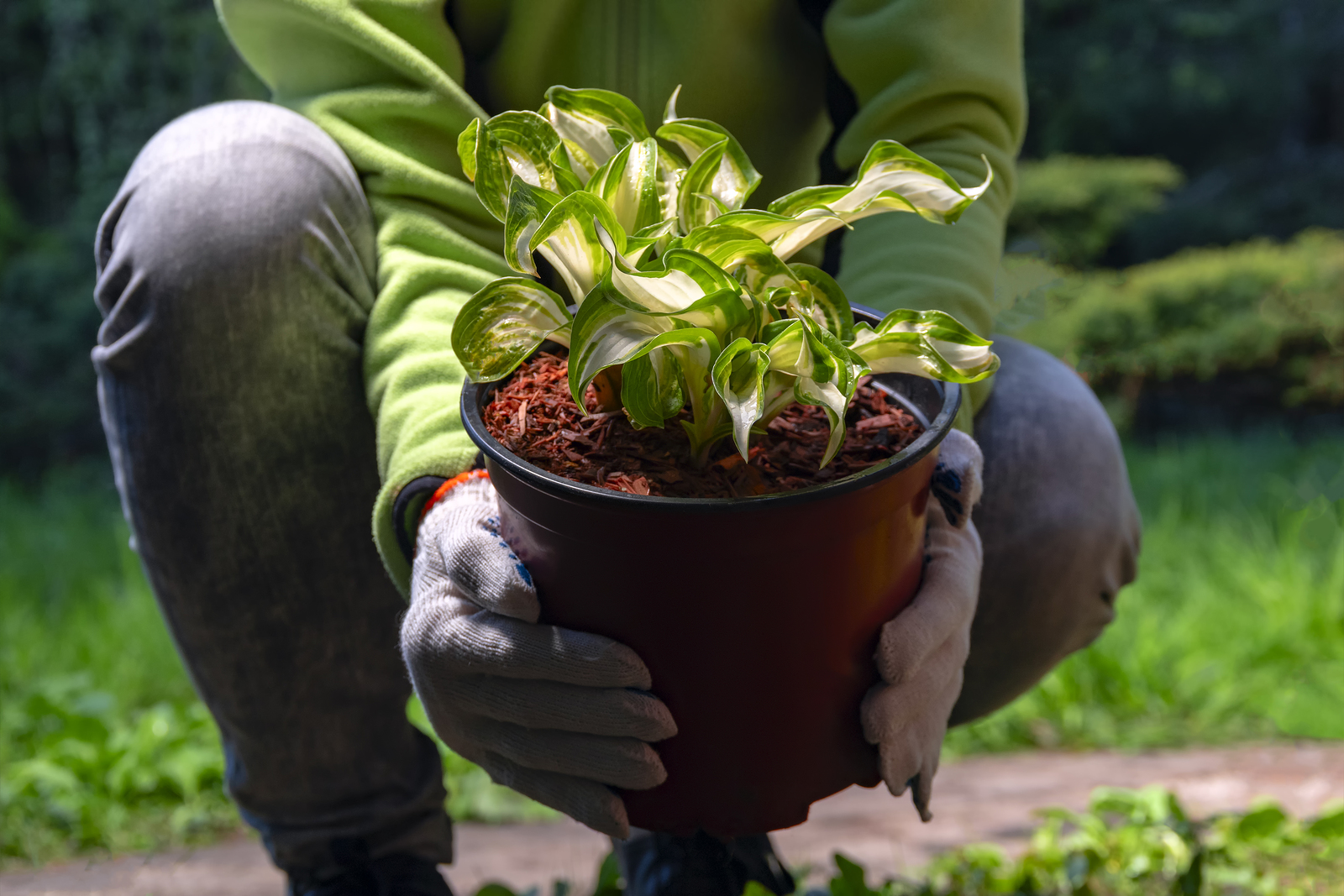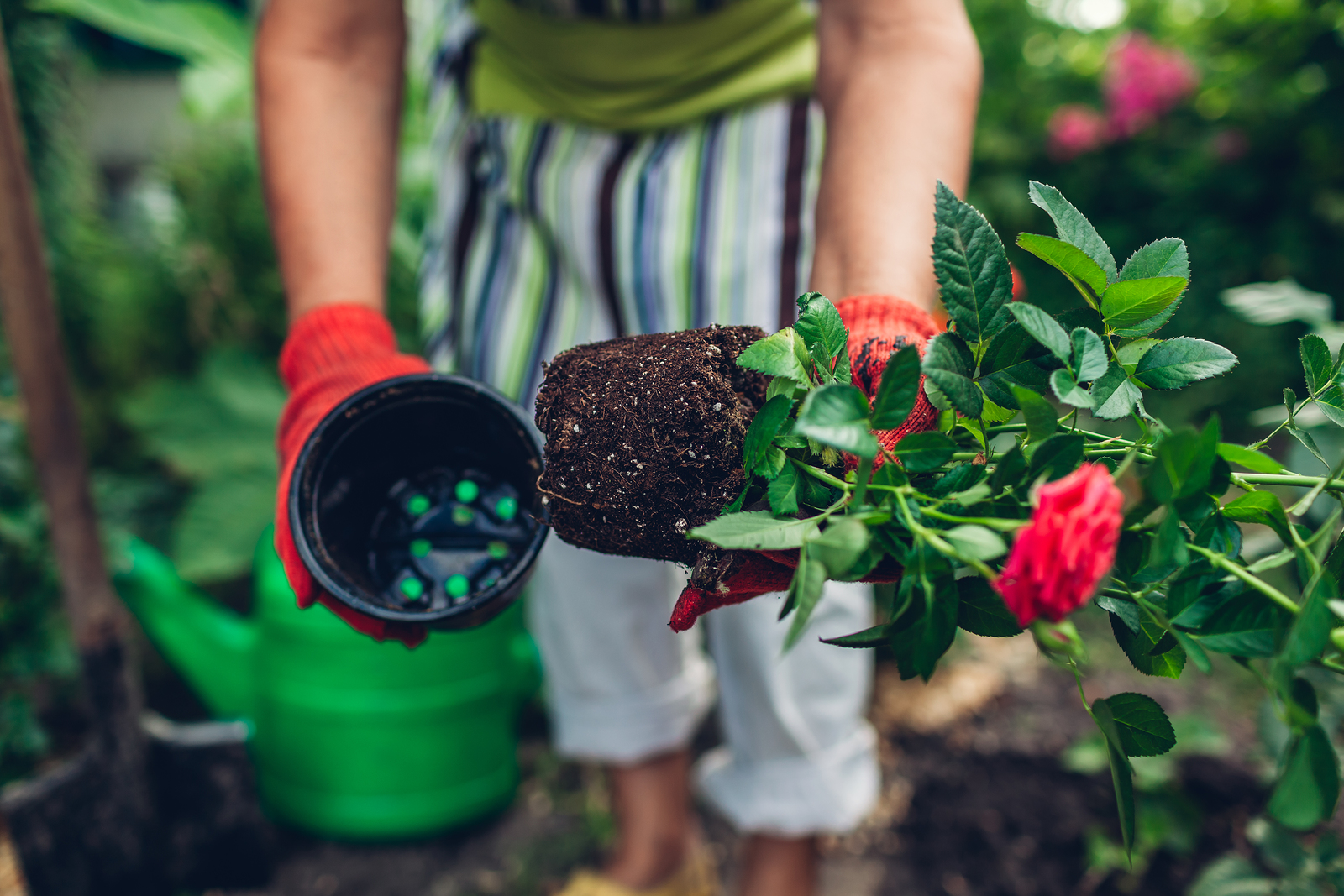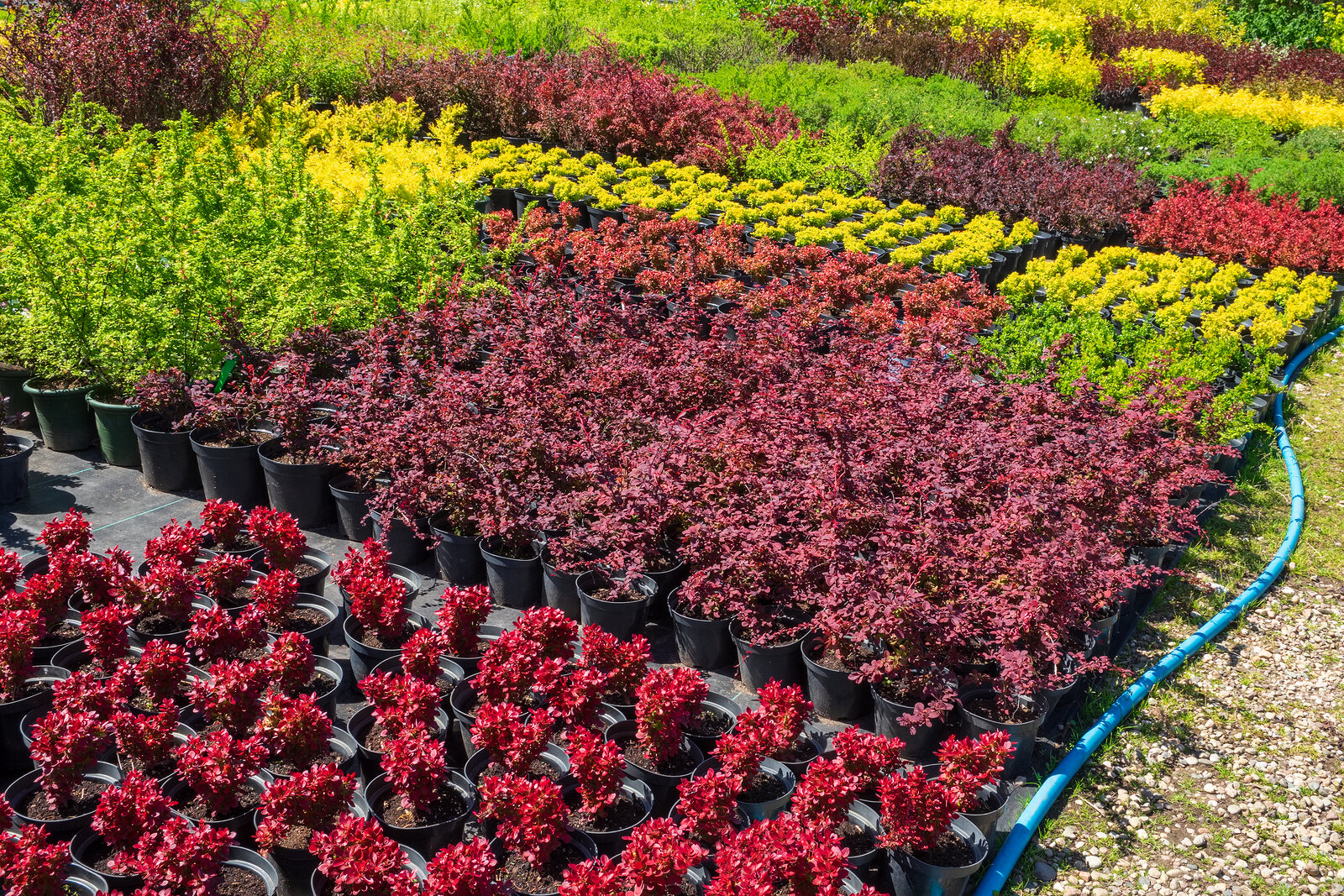Raised Beds for Planting
Raised beds allow you to grow plants above the natural garden soil. A raised bed is commonly filled with planting mix or potting soil–soils that are often better than the natural soil. Where the ground is constantly wet, rocky, clay, or sand, a raised bed may be the best option for growing plants. Raised beds […] More


